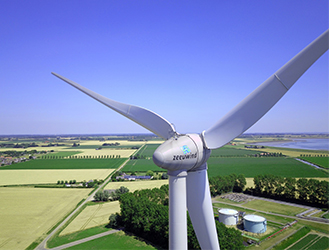News and Blog

What the Historic U.S. Climate Bill Gets Right and Gets Wrong
The Inflation Reduction Act promises the largest investment in climate action in U.S. history—$370 billion—and could lead to significant emissions reductions over the next decade.
The Inflation Reduction Act of 2022 [PDF] approved by Congress and signed by President Joe Biden in August, is set to deliver the largest investment in climate action in U.S. history. Congress has directed nearly $370 billion over the next decade to rapidly scale up renewable energy production and drive substantial reductions in greenhouse gas emissions.


What major climate action is included in the Inflation Reduction Act (IRA)?
The historic legislation invests in a variety of efforts, including low-carbon technologies, environmental justice initiatives for disadvantaged communities, and tax credits to promote electric vehicle sales. The IRA pours $27 billion into creating a green bank to finance clean energy technologies and emission-cutting infrastructure, such as residential rooftop solar panels. Billions more go to climate-smart agricultural practices and clean-vehicle manufacturing facilities. Additional funding for consumer programs—including those that underwrite the use of heat pumps, which are energy-saving systems that help regulate home temperatures—will improve home energy efficiency. The IRA also directs $1.5 billion to reduce methane leaks from natural gas production to support the U.S. commitment to the Global Methane Pledge.
On the resilience side, Congress will hand out $5 billion in grants to support fire-resilient forests, forest conservation, and urban tree planting. The bill also allocates several billion dollars in funding for drought resilience in western states.
What doesn’t it include?
The bill focuses heavily on emission-cutting solutions to climate change and mostly neglects resilience.
In its aim to make buildings more energy efficient, it misses an opportunity to make sure buildings will withstand the climate-fueled extremes that the nation is already experiencing and will continue to endure.











